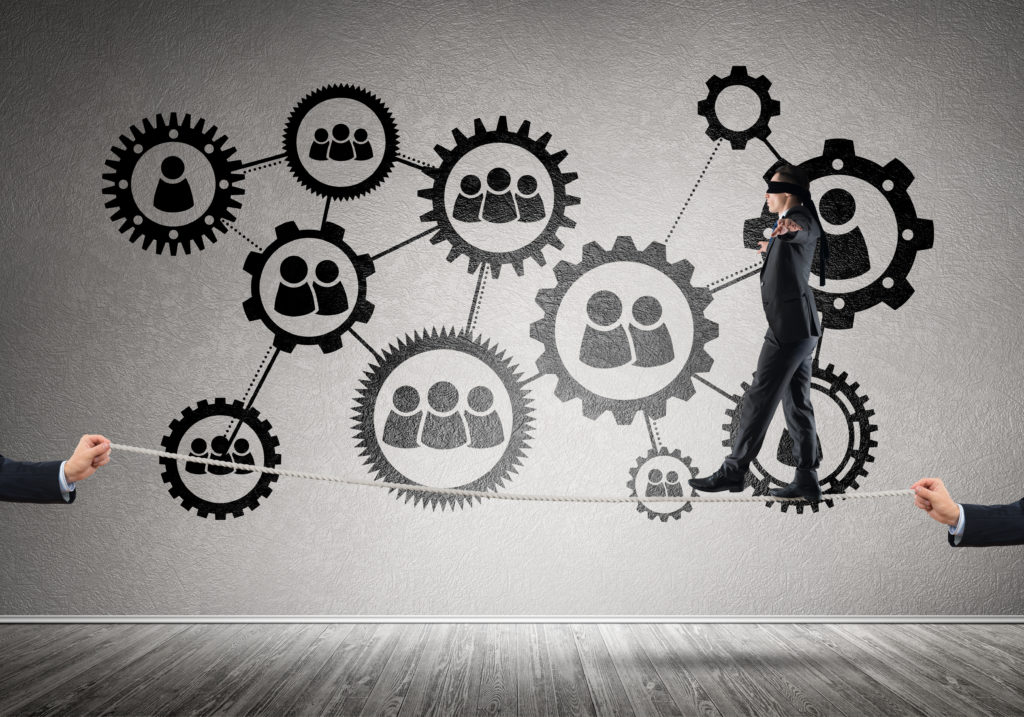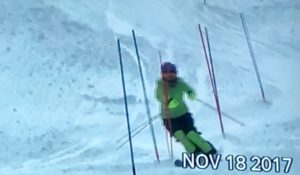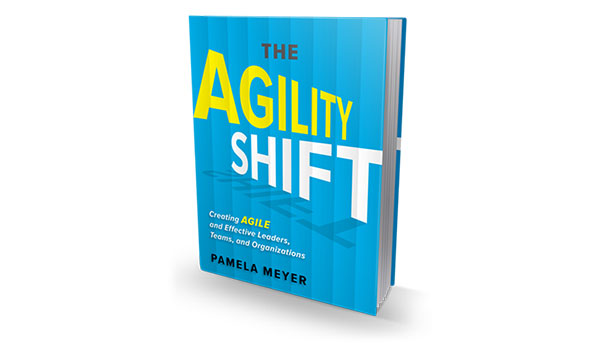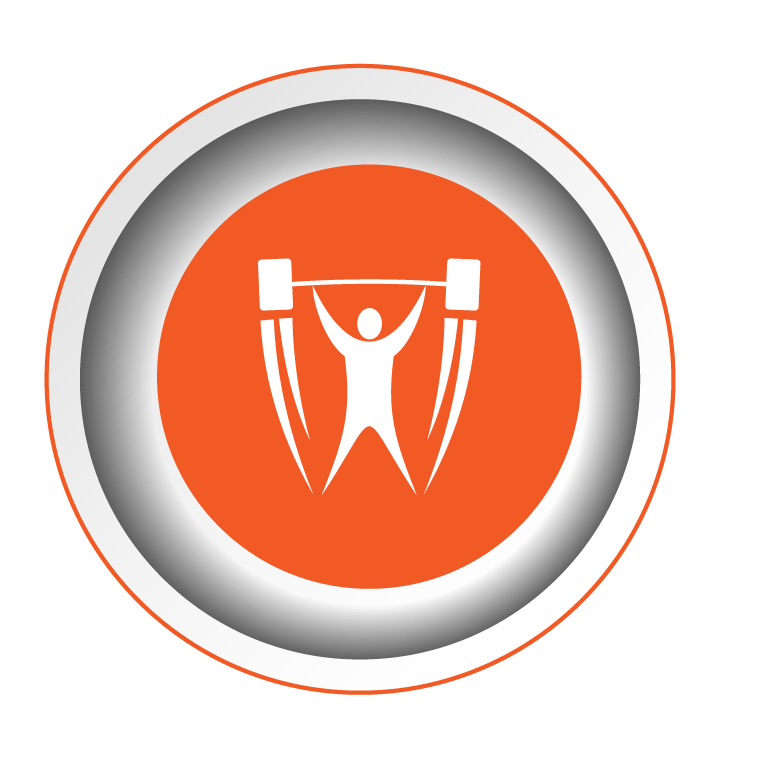How Fit is Your Business? Part 3: Balance

In Part 2 of this series, we discovered that in business, FLEXIBILITY provides the ability to use core strengths to adapt and respond effectively to both challenges and opportunities. BALANCE, the focus of Part 3 of my “How Fit is Your Business?” series, plays a key role in identifying and leveraging those opportunities.
 Does your organization have access to a diverse network of skills, knowledge, talent, and resources to respond to opportunities and challenges as they arise?
Does your organization have access to a diverse network of skills, knowledge, talent, and resources to respond to opportunities and challenges as they arise?
With the Winter Olympics upon us, I am appreciating more than ever how balance is necessary for success in all competitive sports. Just watch Mikeala Shiffrin dance through a slalom course, or Nathan Chen leap into another quadruple jump on ice, landing perfectly on one foot, and you will see what I mean. You would be hard-pressed to name a sport where balance was not a key success factor.

Author, Practicing Dynamic Balance
We understand balance, in physical terms, as not just the ability to maintain equilibrium and focus, but to regain balance during the countless times it will be disrupted. For me, as a Masters Alpine Racer, slalom offers the greatest opportunity to practice this aspect of balance. It is the most technical of the alpine events, as the gates are set the closest together, requiring high-speed shifts in direction and balance. The event is sometimes referred to as “a series of linked recoveries”. The skiers that excel are not necessarily those who never lose their balance, but those that master the art of recovering it.
What Does Balance Look Like in Your Organization?
 By using the fitness metaphor, we can move beyond purely metric-based approaches to balance, such as Balanced Scorecard, the strategic and performance management system, and inspire fresh thinking and practices.
By using the fitness metaphor, we can move beyond purely metric-based approaches to balance, such as Balanced Scorecard, the strategic and performance management system, and inspire fresh thinking and practices.
In this post, I highlight three key aspects of organizational balance.
- Stability: Identifying gaps in your Relational Web
- Reflection: Identifying Growth Opportunities
- Quality of Life: Making Time for Work, Play and Rest
Stability: Identifying Gaps in your Relational Web
One of the keys to sustained business success is implementing management practices, systems, and processes that balance Flexibility and Stability. Both are essential, though many leaders mistake stability for control when, in fact, stability is dynamic (just watch one of the Olympic mogul competitions to see what I mean).
Rather than being static, balance is the ability to make countless adjustments and adaptations while maintaining focus on a clear vision or goal.
 One of the most effective ways to ensure the capacity to make those adjustments while making forward progress is to weave a robust Relational Web. Like the spider web that inspires it, your Relational Web has the capacity to expand and strengthen as conditions require. It consists of your web of skills, knowledge, talent, and resources that you need to be able to tap at a moment’s notice when things don’t go as planned or when a new opportunity emerges.
One of the most effective ways to ensure the capacity to make those adjustments while making forward progress is to weave a robust Relational Web. Like the spider web that inspires it, your Relational Web has the capacity to expand and strengthen as conditions require. It consists of your web of skills, knowledge, talent, and resources that you need to be able to tap at a moment’s notice when things don’t go as planned or when a new opportunity emerges.
While your web is more than your social network, it includes it, and for good reason. A recent study of 180 teams at Google found that the most productive had leaders with the largest and most diverse social networks. How did they build those networks? One notable strategy was to consistently rotate their lunch partners.
Too often, we stay within our comfort zone socially, or tend to stay within familiar experiences. Comfort is wonderful in reinforcing and confirming our value, but it does little to expose us to new knowledge, perspectives or resources.
Learn How to Identify Gaps in Your Relational Web
Identify the gaps in your Relational Web to ensure that you have the balance to be effective when things don’t go as planned. Take a few minutes to consider if you have ready resources for when you need to:
- Create a solution for, or resolve an unfamiliar customer issue
- Learn a new technology
- Make sense of a complex situation (business, interpersonal, political/governmental, other)
- Deal with a difficult interpersonal/cross-cultural situation
- Pursue a new idea or opportunity
- Understand a change in business strategy
- Change course in response to a market, regulatory or other external shift
Very likely, if you thought about specific people and resources you might tap for each occurrence, you discovered some gaps in your Relational Web, or found that the same names popped up more than once. Identifying the gaps in your Relational Web is the first step to expanding and strengthening it for more stability. You can find more ideas and strategies to do just this in The Agility Shift.
Reflection: Identifying Growth Opportunities
This series began with an invitation and guide to reflect on your organization’s Strengths. This practice is both energizing and Strength-building, as the reflection process itself can help amplify your assets and inspire leaders at all levels of your organization to

Training, no matter if we are working out, or planning the future of our organization, means pushing performance to the next level.
live into them more fully. Often, a renewed appreciation for your strengths as individual leaders, teams and as an organization as a whole is enough to inspire innovative solutions to previously vexing issues.

Strength reflections can also lead to the discovery of new growth opportunities. For example, as you reflect on recent successes and look ahead to your aspirations to the year ahead, consider:
- What new strategic alliances or partnerships could help you reach your goals?
- What new learning approaches or resources will be needed?
- What new skills, knowledge and talent will you need to foster internally or externally?
- What leadership qualities do you want to recognize and reinforce? How will you do that in a way that positively builds on your culture?
These are just a few reflections that can lead to generative ideas and action for more Balance in the year ahead. Athletes and businesses alike must regularly shift their development focus based on current needs and long-term goals. Expect this to be a dynamic process. For example, in any given time period you may need to shift your focus from strength to flexibility, or from endurance (the topic of Part Five in our series) or to balance, itself.
Quality of Life: Making Time for Work, Play and Rest
It’s not balanced if it’s not sustainable. As innovators, we are all biased towards action. This can be our blessing and our curse. Balance is as much about effective resting and playing, as it is about effective action.
I have written extensively about the need to create space (literal, social, psychological, emotional and metaphorical) for play in my  book, From Workplace to Playspace. Playspace is the space for the play of new ideas, for people to play new roles, for improvised play and for more play in the system. It is not necessarily about the “funny hats and games” kind of play, though I admit to being a fan of spontaneous silliness in the right context. Playspace is essential for any agile system. If there is no room for play, there is no room for responding effectively to the unexpected because both require space to maneuver.
book, From Workplace to Playspace. Playspace is the space for the play of new ideas, for people to play new roles, for improvised play and for more play in the system. It is not necessarily about the “funny hats and games” kind of play, though I admit to being a fan of spontaneous silliness in the right context. Playspace is essential for any agile system. If there is no room for play, there is no room for responding effectively to the unexpected because both require space to maneuver.
Play and playspace also provide an opportunity to rejuvenate, which we all need to stay in balance!
No System Can Sustain Itself Without Rest
There is no shortage of research cataloging the diminishing returns of overworking. When we are regularly pushed beyond capacity, our minds, bodies, and spirits lose their ability to be effective, let alone to be creative and agile. Balance includes a healthy dose of rest to off-set all of that activity. The occasional all-hands-on-deck marathon in response to a crisis or opportunity is to be expected. If it becomes business as usual, expect to see a drop off in productivity and innovation, not to mention in the engagement and retention of your top talent.
It may be tempting to concentrate all of your organizational fitness strategy on activity because that is when it feels like things are really getting done (and who doesn’t love getting things done?!). However, sustainable success includes balancing all of that action with Rest and Play as part of your organizational fitness strategy.
In the next post of this series, I will explore the fourth “fit” business indicator: Speed and Mobility.
